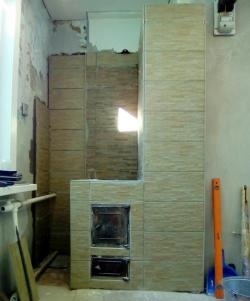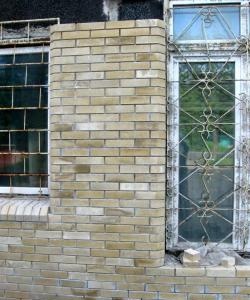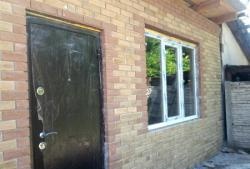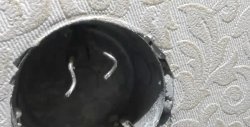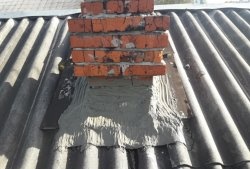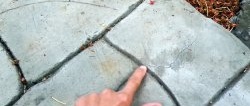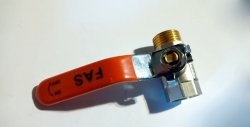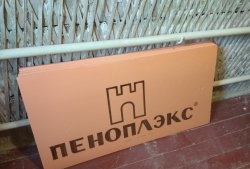Sealing with clay or cement based mortar gives only a temporary effect. The solution that our ancestors successfully used will help you get out of the situation and forget about this problem for a long time.
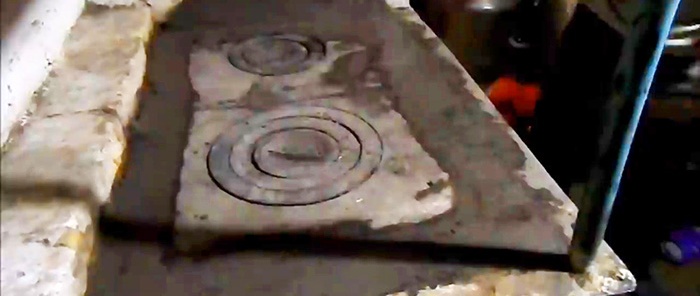
Will need
To prepare a miracle solution according to ancient folk recipes, you will need materials and tools that will not require almost any costs, since they are junk or are found in every home:
- ash (wood or coal);
- ordinary table salt;
- container for mixing the solution;
- burlap for sifting ash;
- small spatula.
The process of preparing the solution
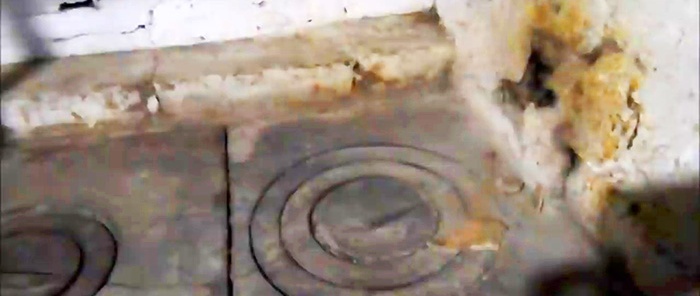
To sift the ash, we use burlap made of artificial materials, folded in half or three.

Pour the ash onto a makeshift sieve and move it over the burlap with a gloved hand, kneading the hard lumps.

When all the fines have fallen through the sieve, shake off the remaining large, unbreakable lumps and solid particles from the burlap into the trash can and proceed to sifting the next portion of ash.
Add ordinary table salt to the sifted ash. The question immediately arises: what should be the relationship between these two components? It is not at all easy to answer this question clearly.
There are no problems with salt - it is a standard product, but ash can be different both in origin and fractional composition. But in any case, much less salt is added. If there is 2-3 kg of ash, then 200-300 grams of salt is enough.
Mix the components thoroughly with a spatula until a homogeneous mass is obtained. For example, 2-3 kg of mixture must be continuously boiled for five minutes.
Add a little water to the resulting mixture, periodically adding small portions, constantly stirring the mixture. The water should be clean, preferably boiled and hot, so that the salt dissolves faster and completely.

We continue mixing until a homogeneous mass is obtained, the consistency is slightly thicker than sour cream, and does not stick to the spatula or the walls of the container in which we are kneading.
After some soaking, we use the resulting solution to seal the gaps between the bricks and the slab, and also renew the collapsed plaster. After about three hours the coating will set and harden. But it is better to give it 2-3 days to dry.


The first time we heat the oven without raising the temperature too much. The second time we increase the heating, and the third time we bring it to the operating level. After such drying, the solution will last for several years without overheating or cracking.


